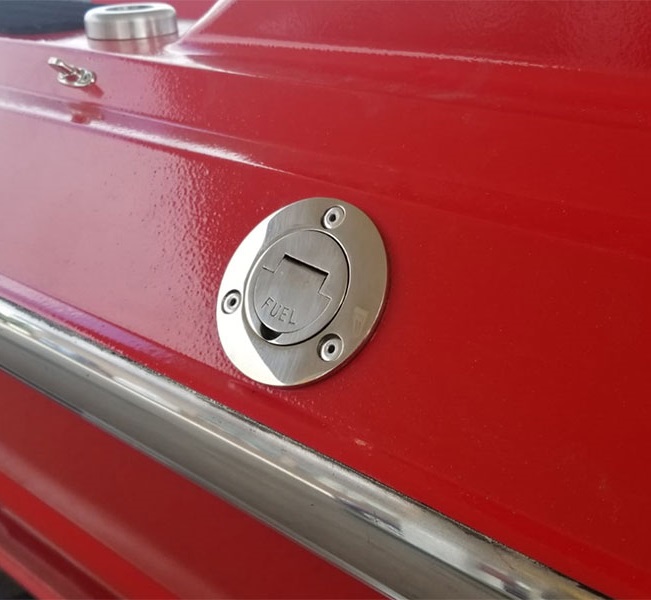What You Need to Know About the Fuel Tank Vent Hose for Your Boat
The fuel tank vent hose on your boat plays a crucial role in maintaining the efficiency and safety of your fuel system. It’s essential to understand its function, potential issues, and maintenance to ensure a smooth boating experience.

Function and Importance: The fuel tank vent hose allows air to enter the tank as fuel is used, maintaining pressure and preventing spillage. It’s vital for the proper operation of your fuel system and to avoid pressure build-up which can lead to dangerous situations.
Installation Tips: When installing a new vent hose, it’s important to ensure that it runs as straight as possible. This prevents fuel from being trapped in the hose, allowing it to drain back into the tank with gravity. Incorrect installation, especially mounting the vent too low on the hull, can allow water to enter the vent, leading to malfunctions.
Maintenance and Troubleshooting: Regular inspection and cleaning of the vent hose are essential. Look for signs of clogging, corrosion, or damage. If the vent screen appears clogged, use a small wire brush to clean it. If corrosion has compromised the mesh, it’s best to replace the vent. Also, make sure that the through-hull fuel vents are kept dry and free from water intrusion by mounting them high enough on the hull.
Addressing Common Problems: If you face issues like difficulty in filling the tank, a strong gasoline odor, or your boat stalling, these could be symptoms of a clogged gas tank vent. To resolve these issues, check for any blockages in the fuel line and ensure the gas cap is properly vented. Additionally, installing a fuel-surge protector can prevent fuel from spewing out during refueling.
Advanced Considerations: Newer boats might require integration of components to control fuel spit-back associated with refueling and to ensure fuel doesn’t escape via the vent system. This can include the installation of various safety and check valves and ensuring that all components are US Coast Guard-approved.
Cost Implications: Be aware that replacing parts like the vent valve, gas tank, filler neck, or cap can vary in cost depending on the boat’s model and the issue’s severity. Professional diagnosis and replacement are recommended for accurate and safe repairs.
Preventive Measures: To avoid future issues, keep your fuel tank clean and dry, regularly check and clean the vent’s screen, practice proper fueling techniques, and ensure that the entire vent system is free from contaminants and damage.
In summary, the fuel tank vent hose is a key component of your boat’s fuel system. Regular inspection, proper installation, and maintenance are critical to prevent malfunctions and ensure safe and efficient operation. Always consult a professional for repairs or replacements to ensure the best outcome.






